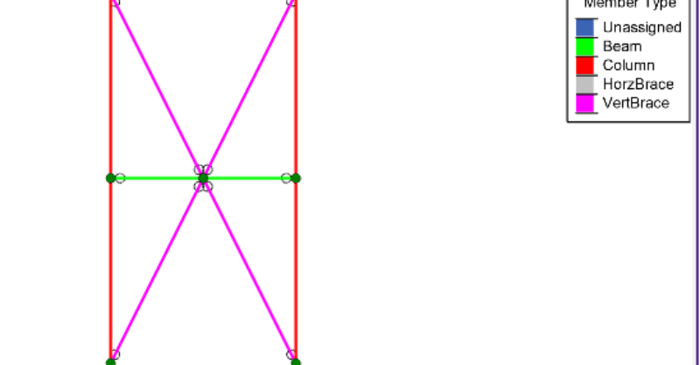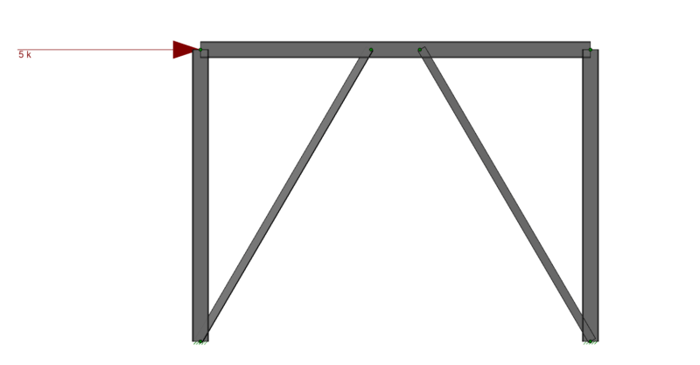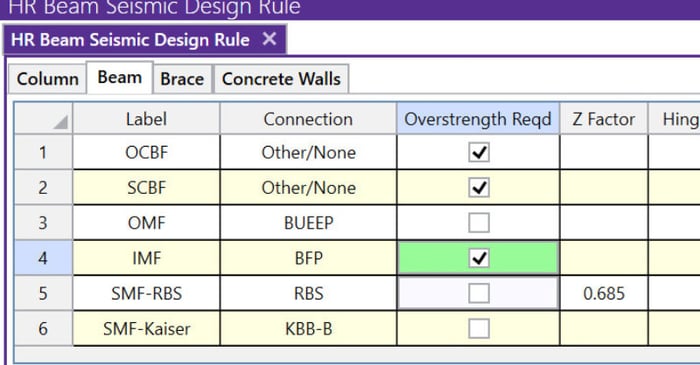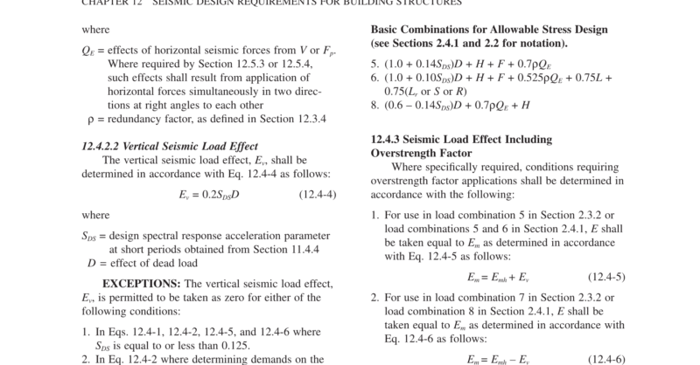
October 29, 2014
Code Requirements for Panel Zone Shear Deformation
Code requirements for consideration of panel zone shear deformation can be confusing. This blog post discusses some of the basis for these code requirements and when one can consider them to be met and when one cannot.











